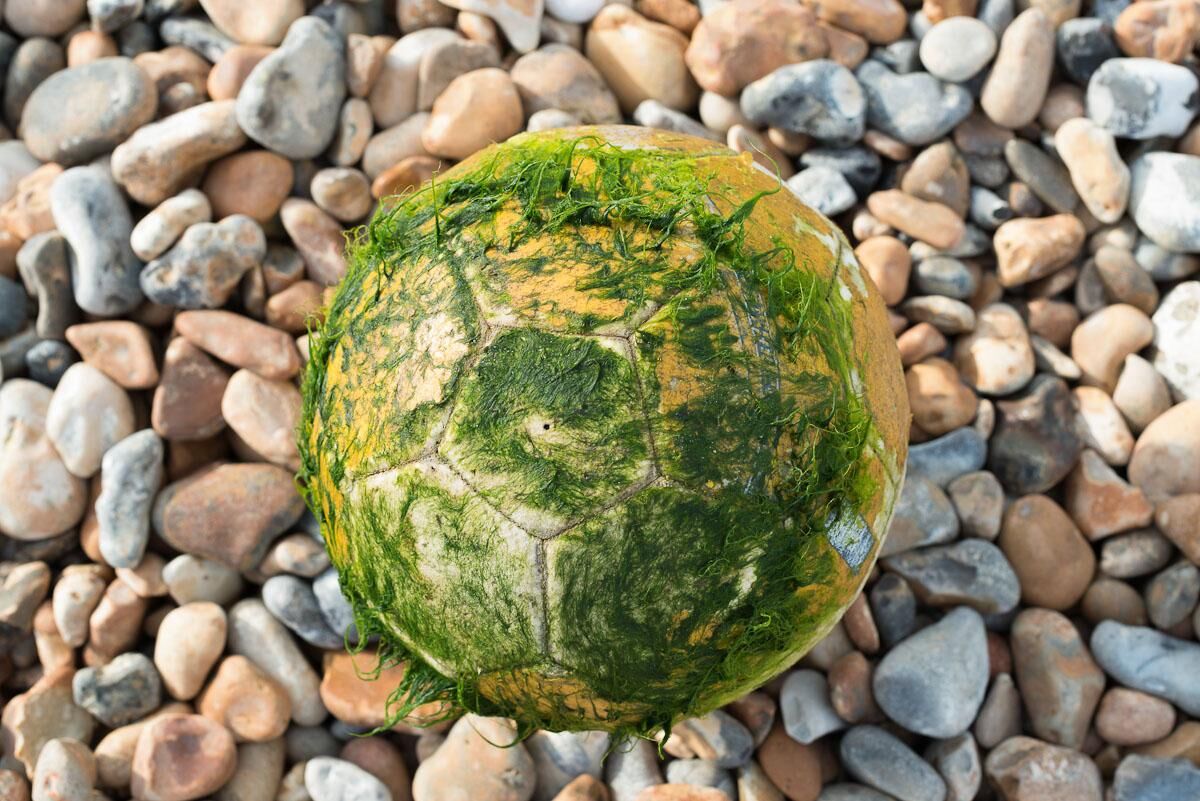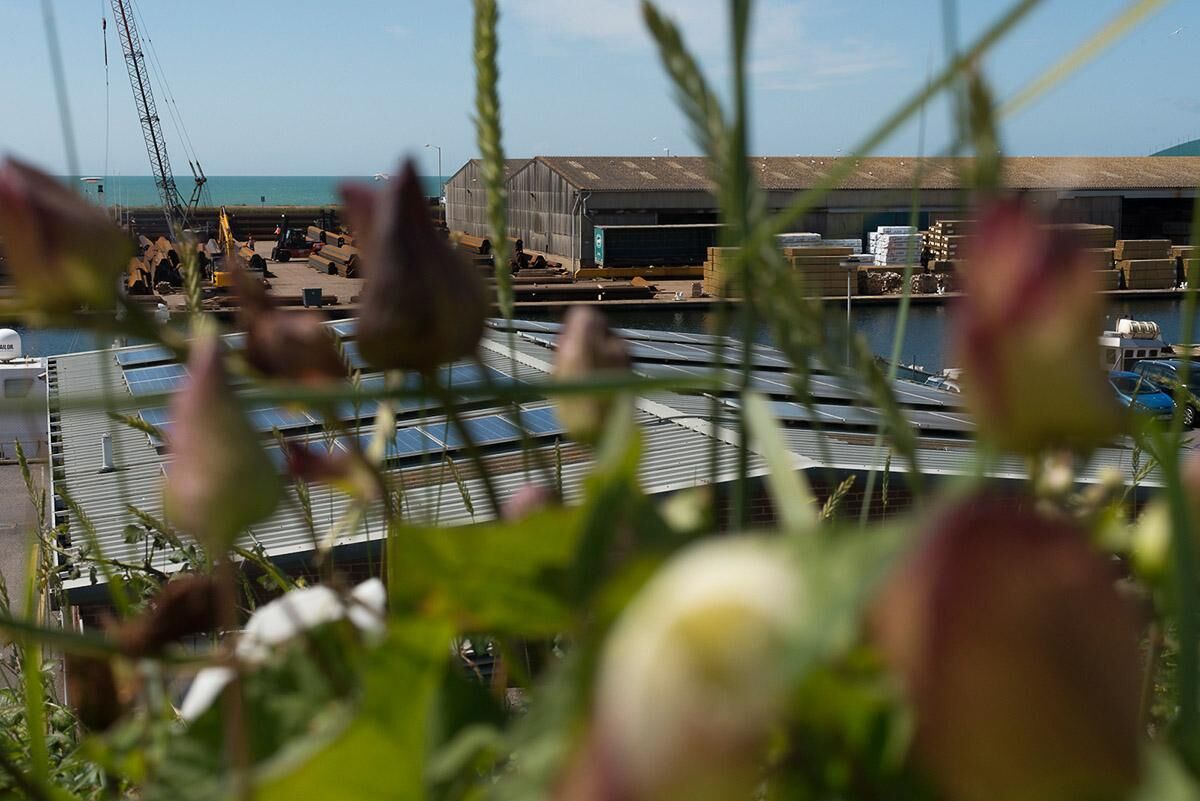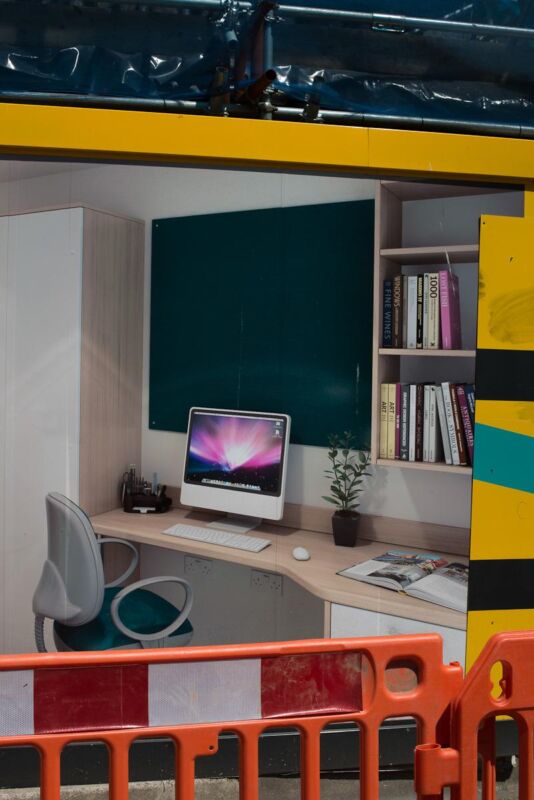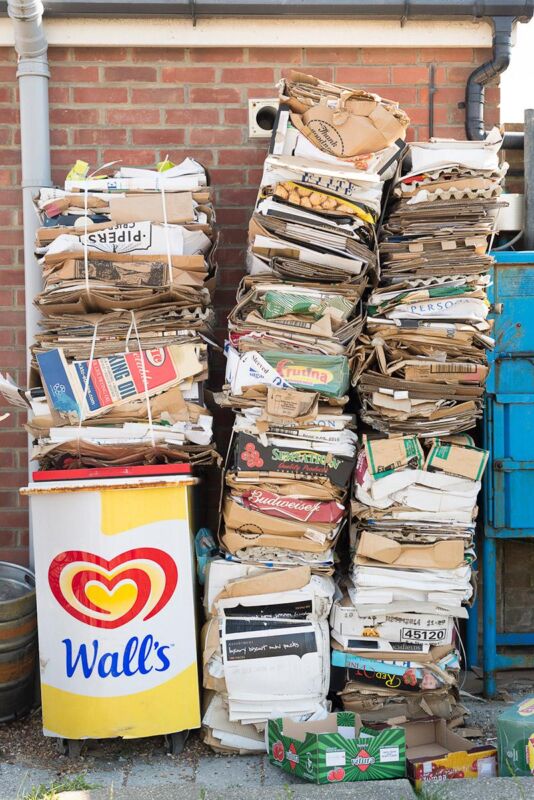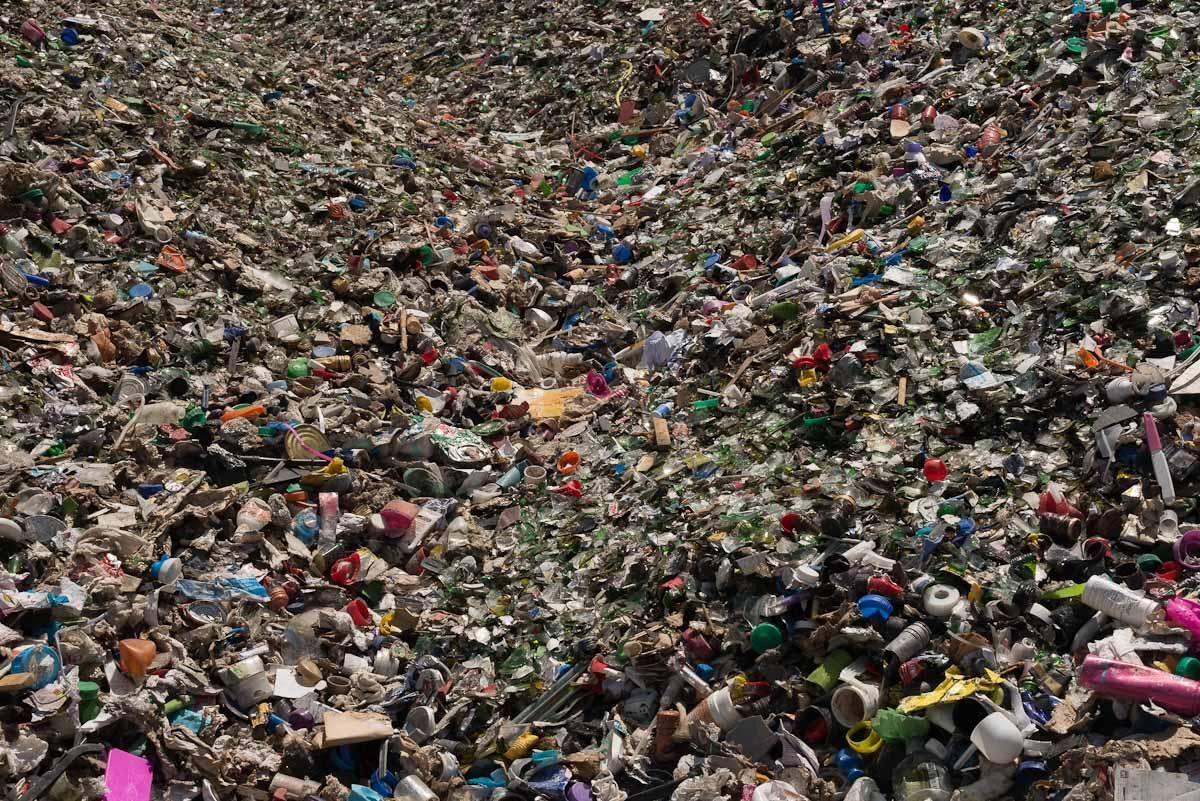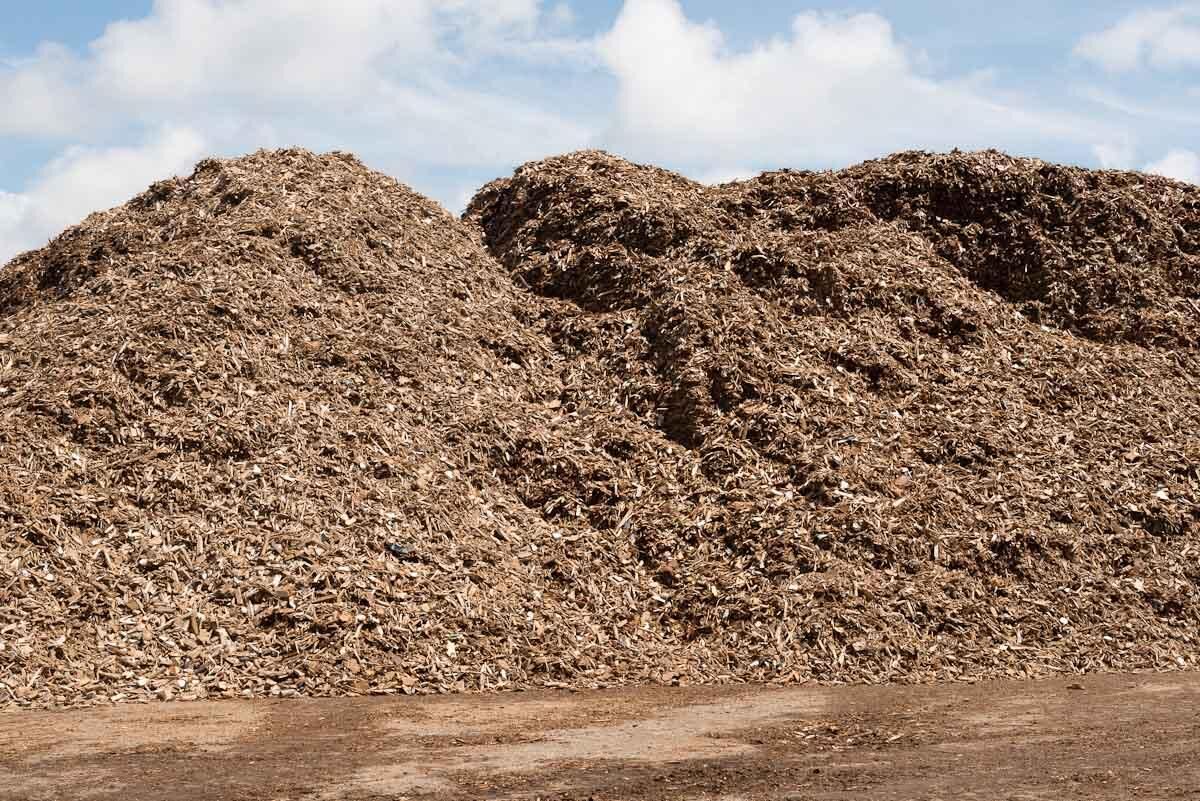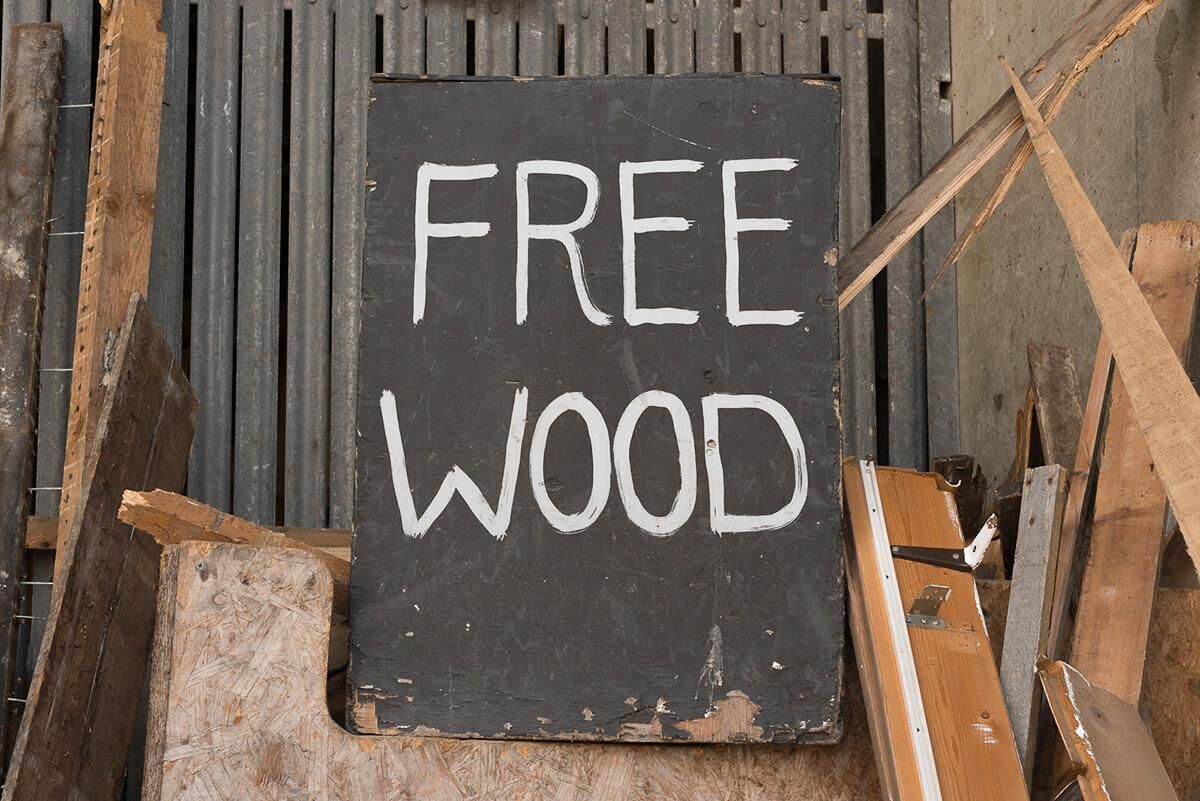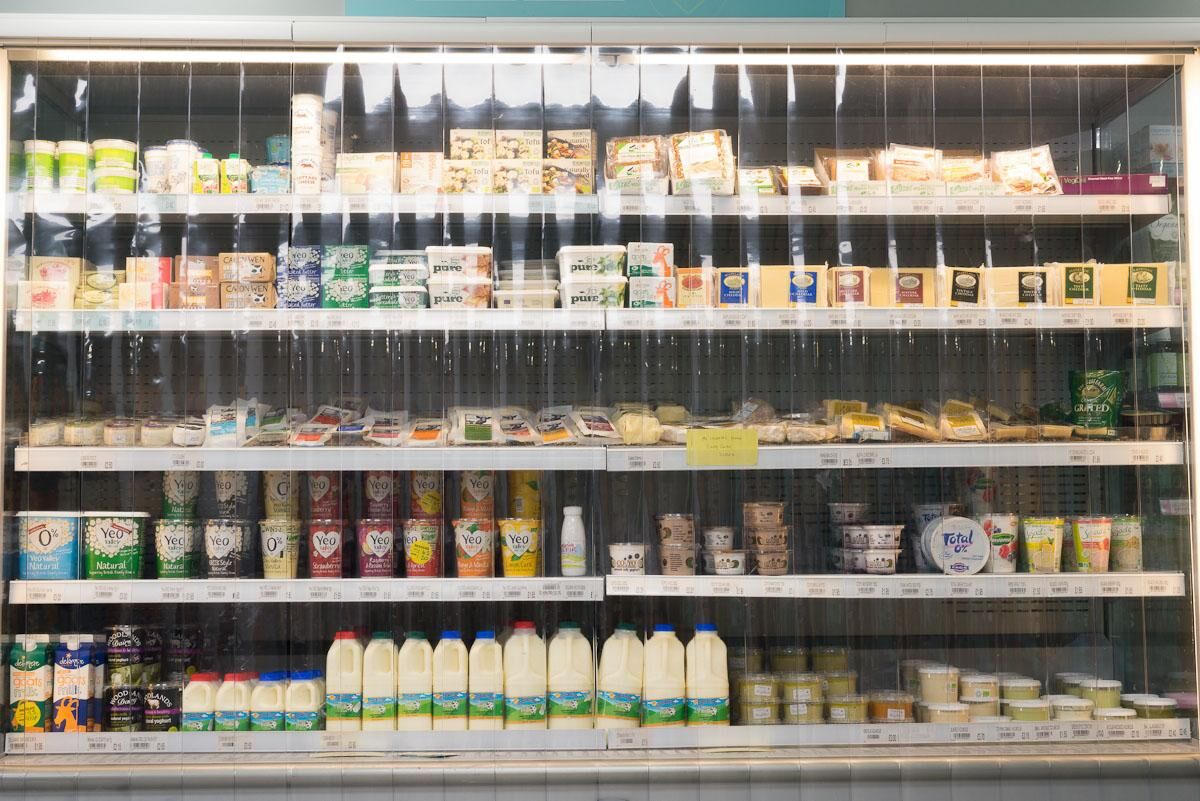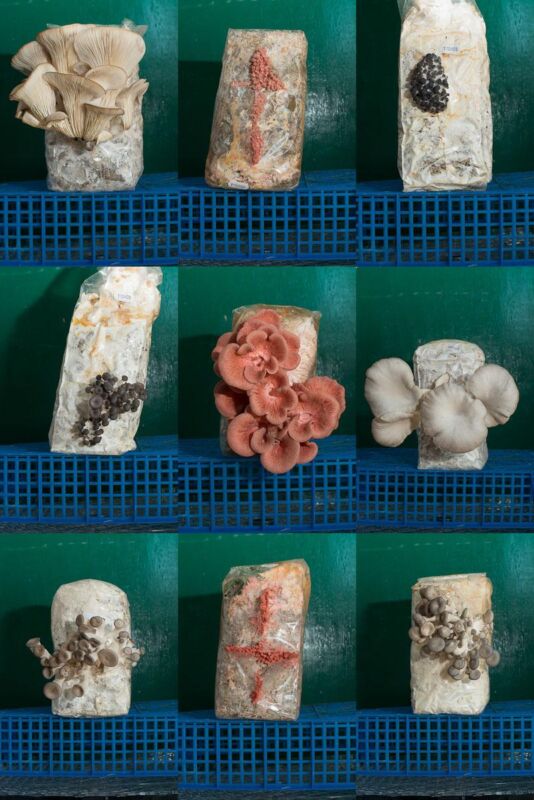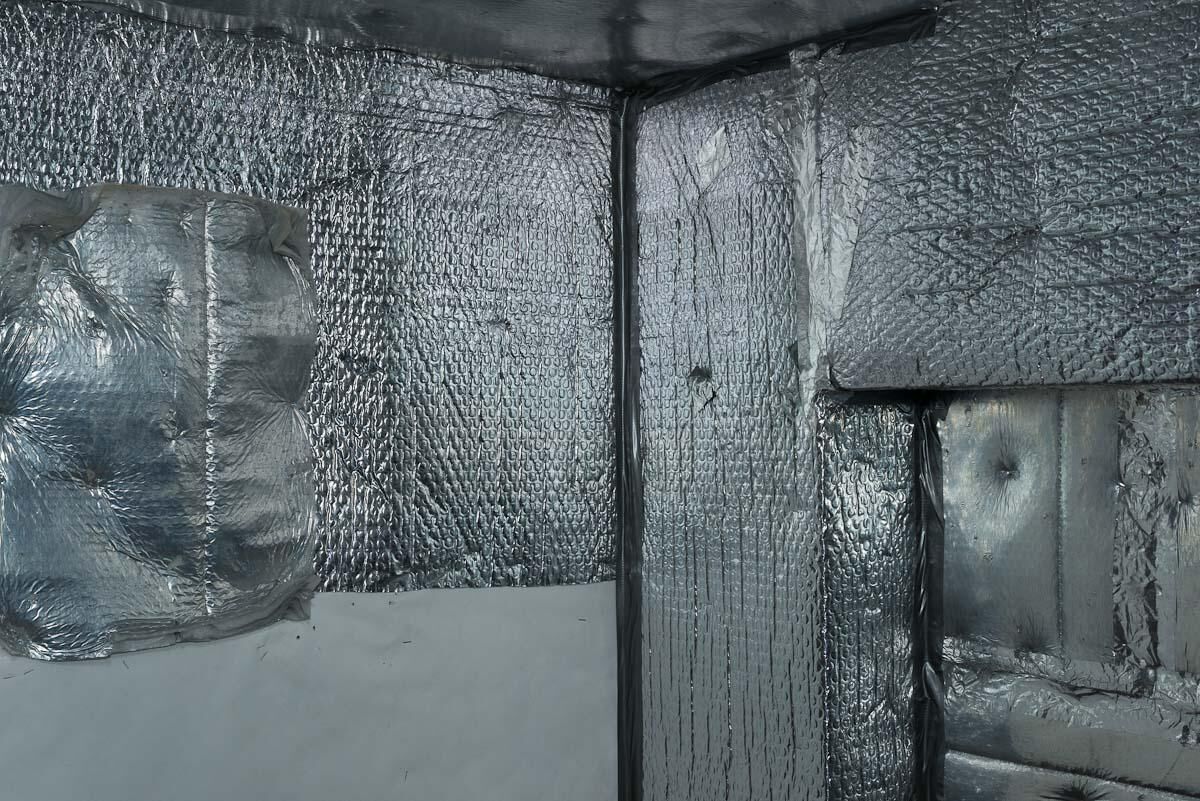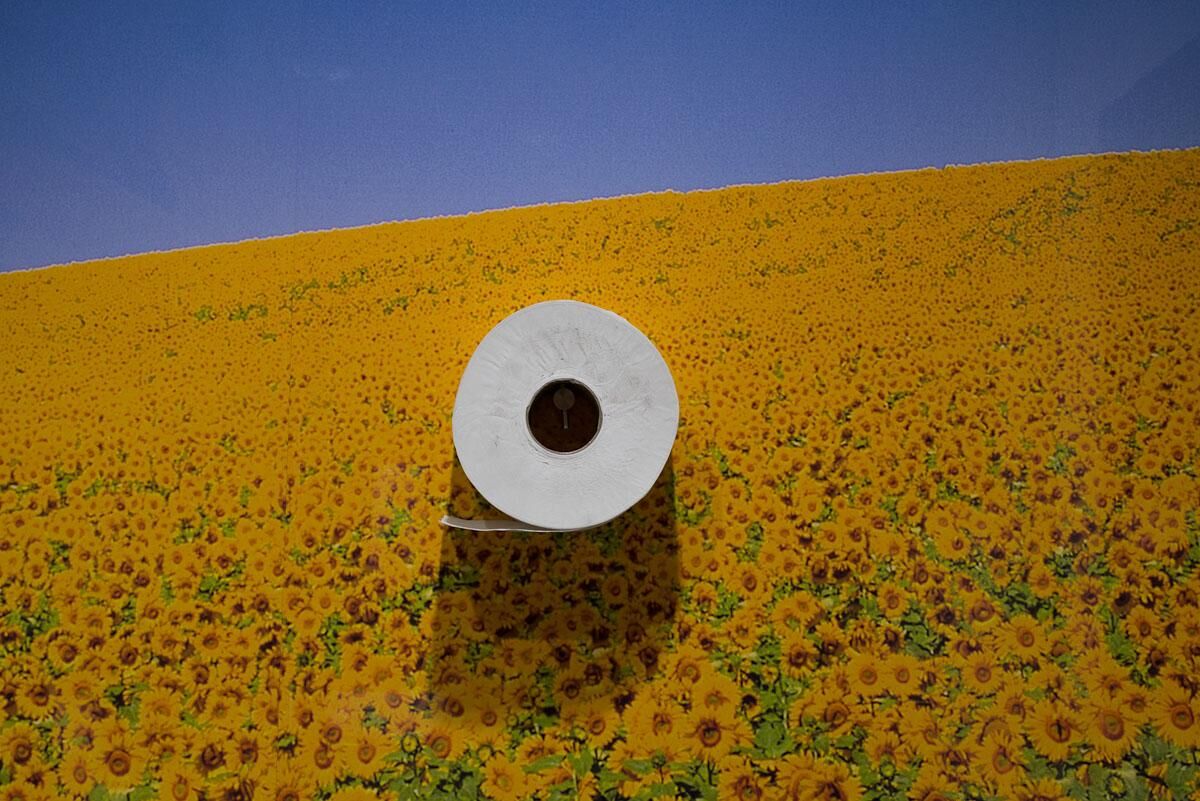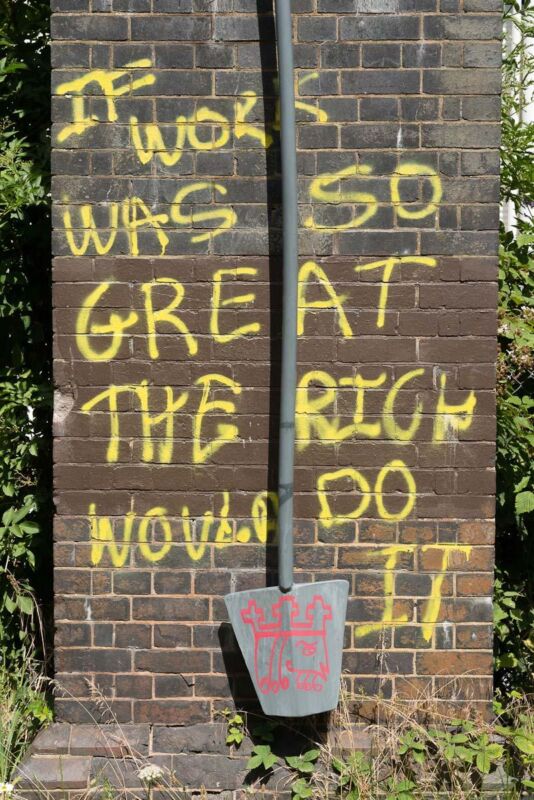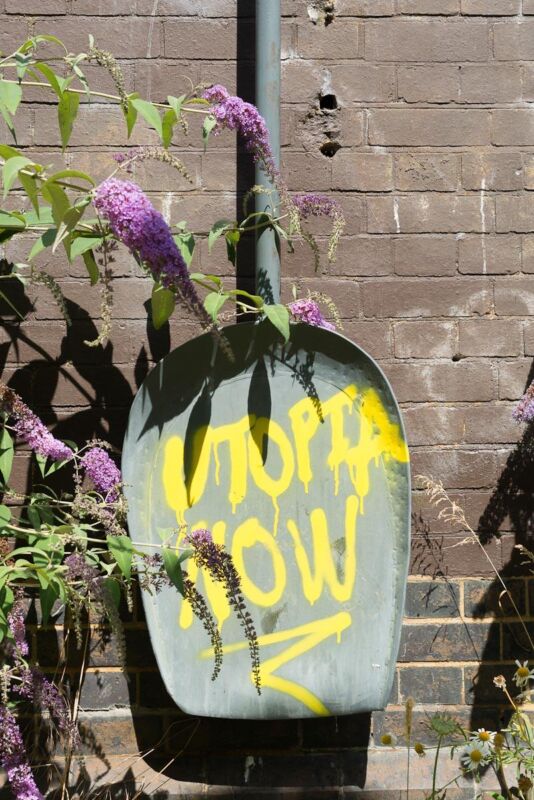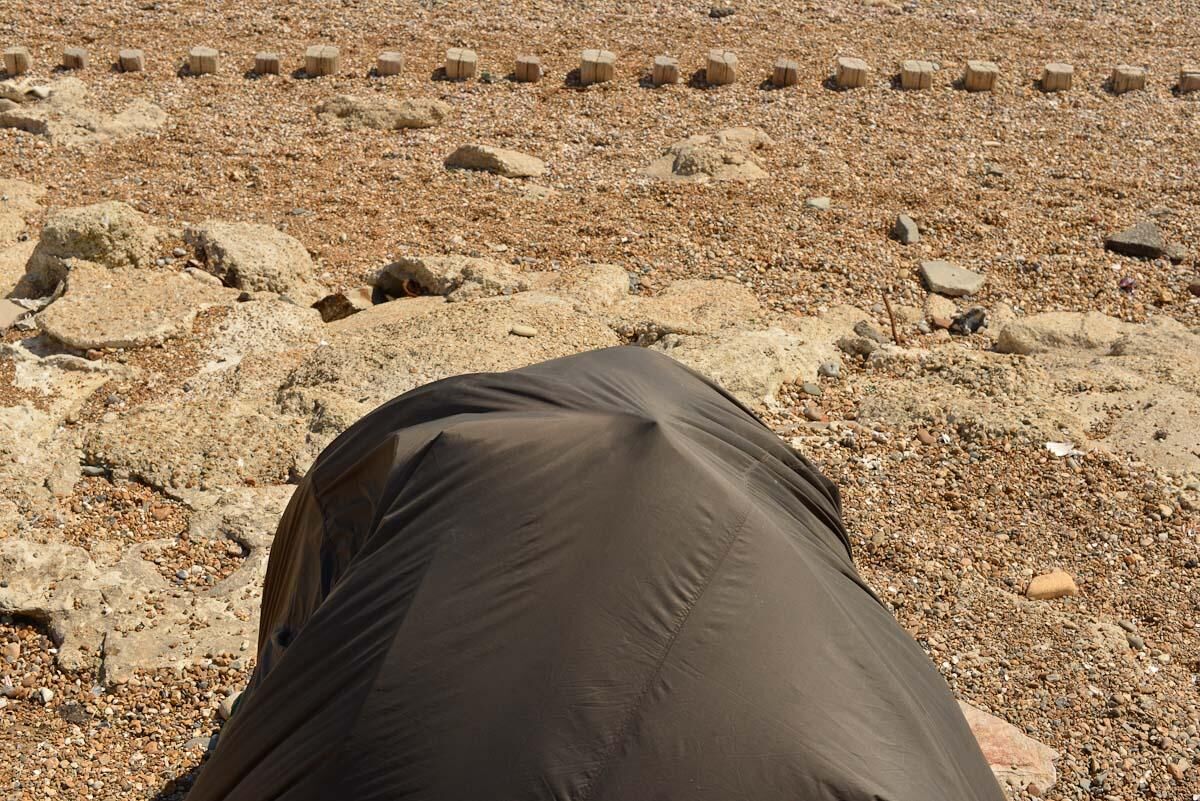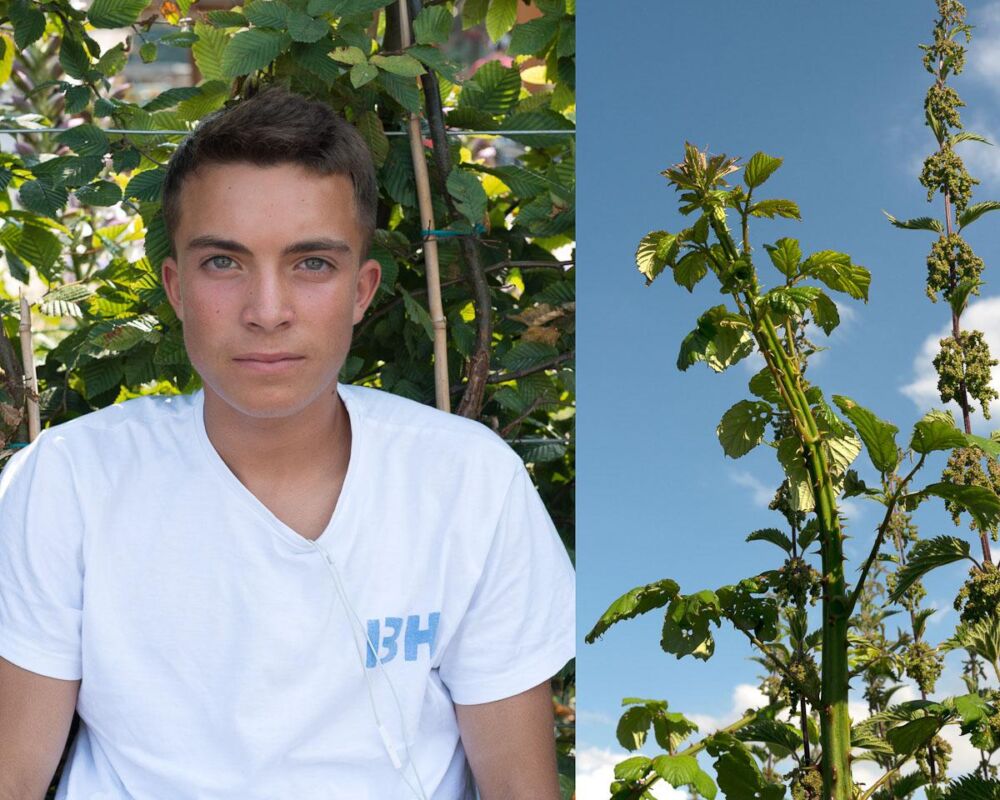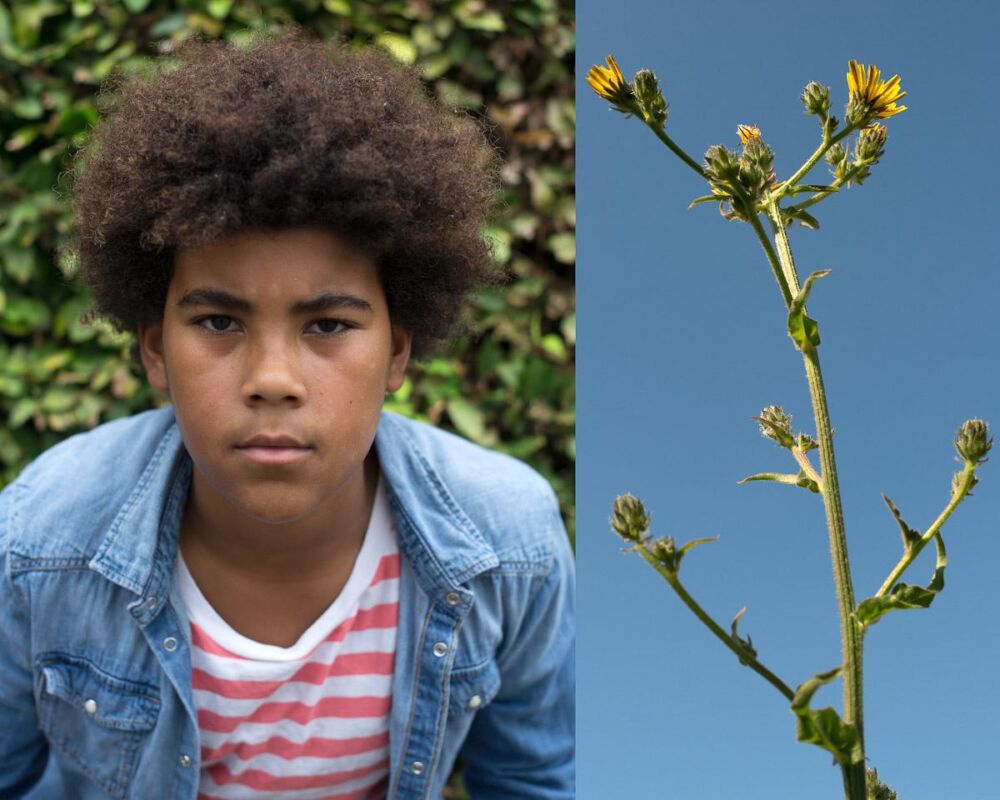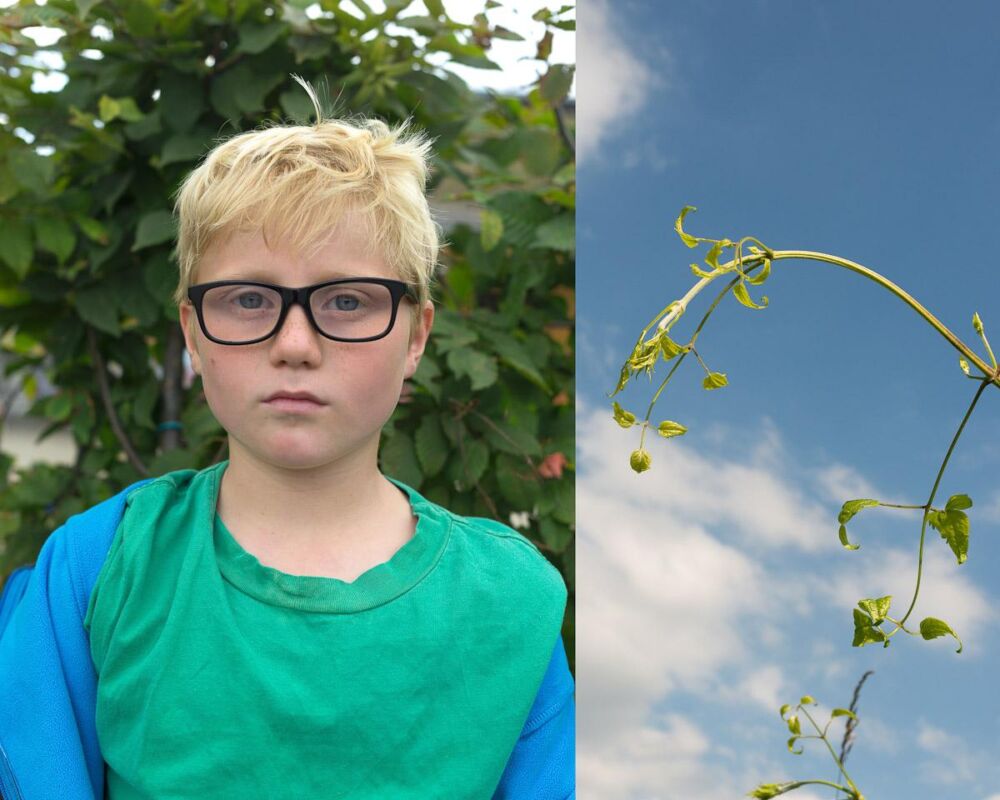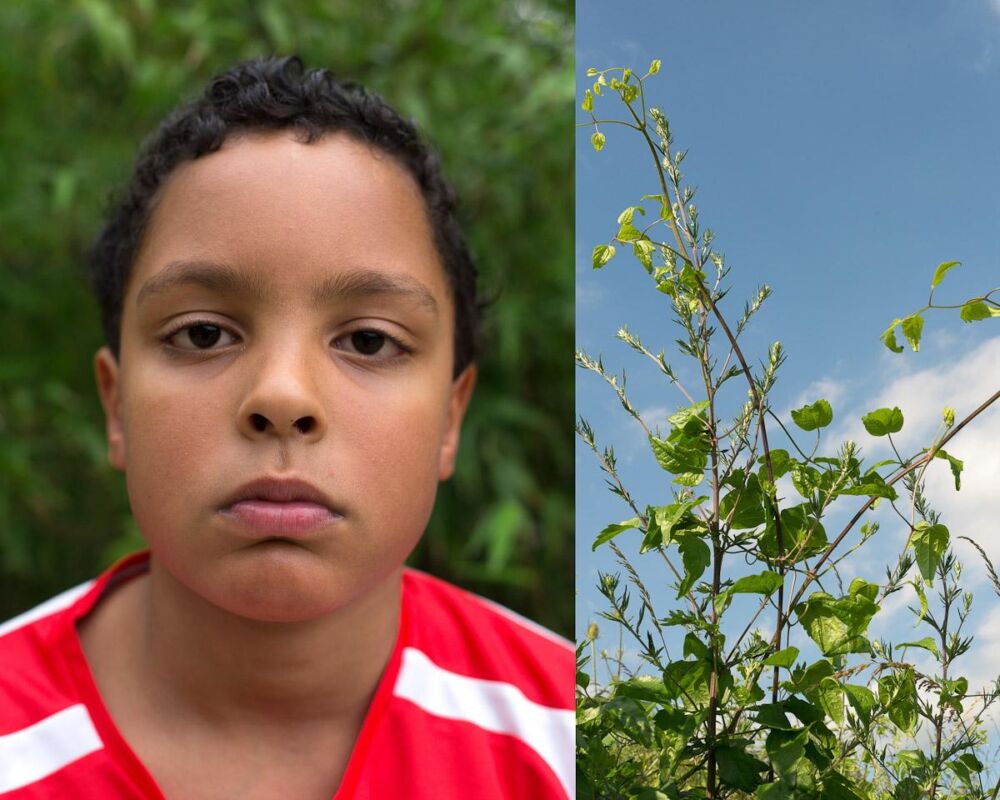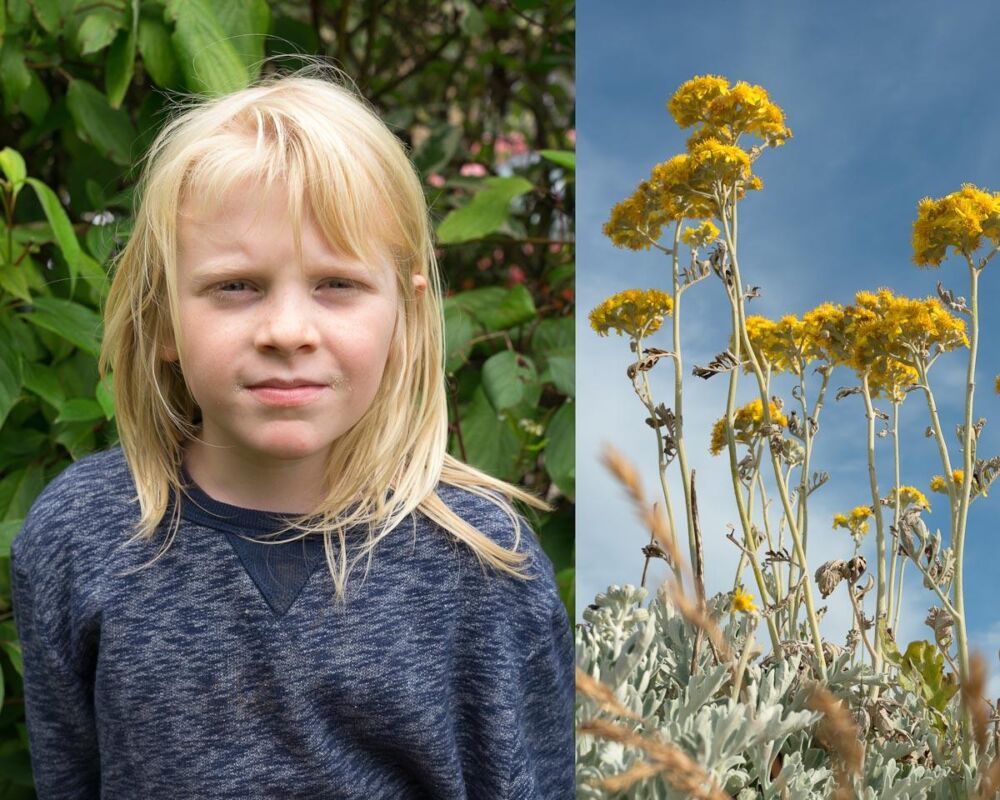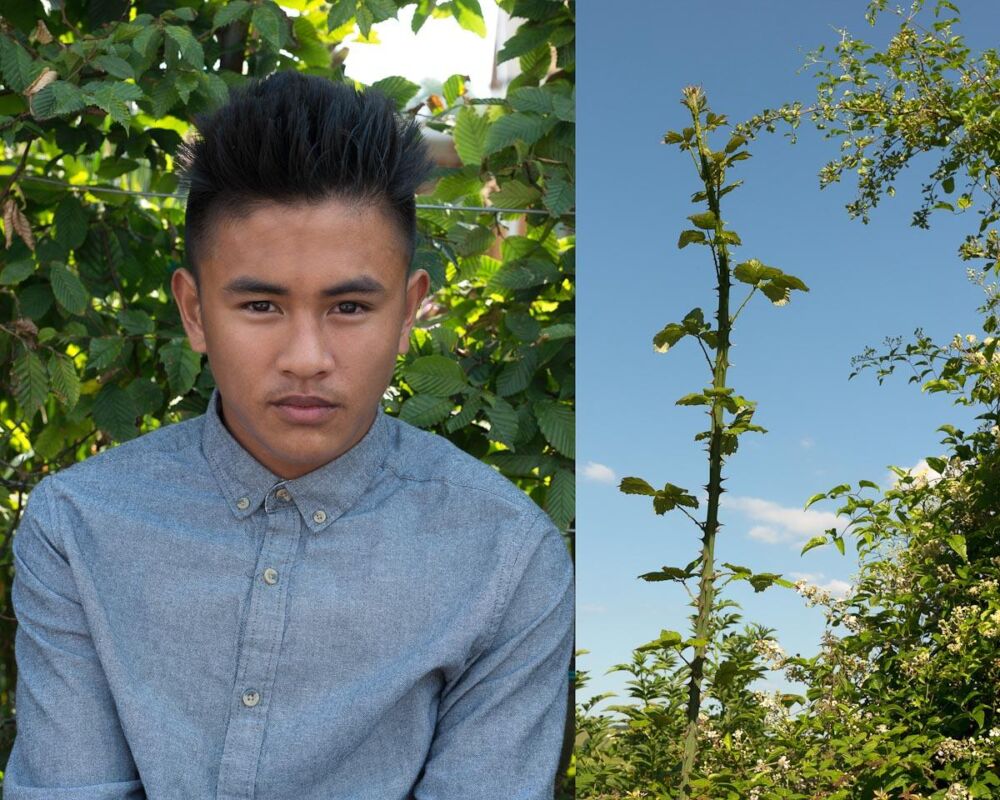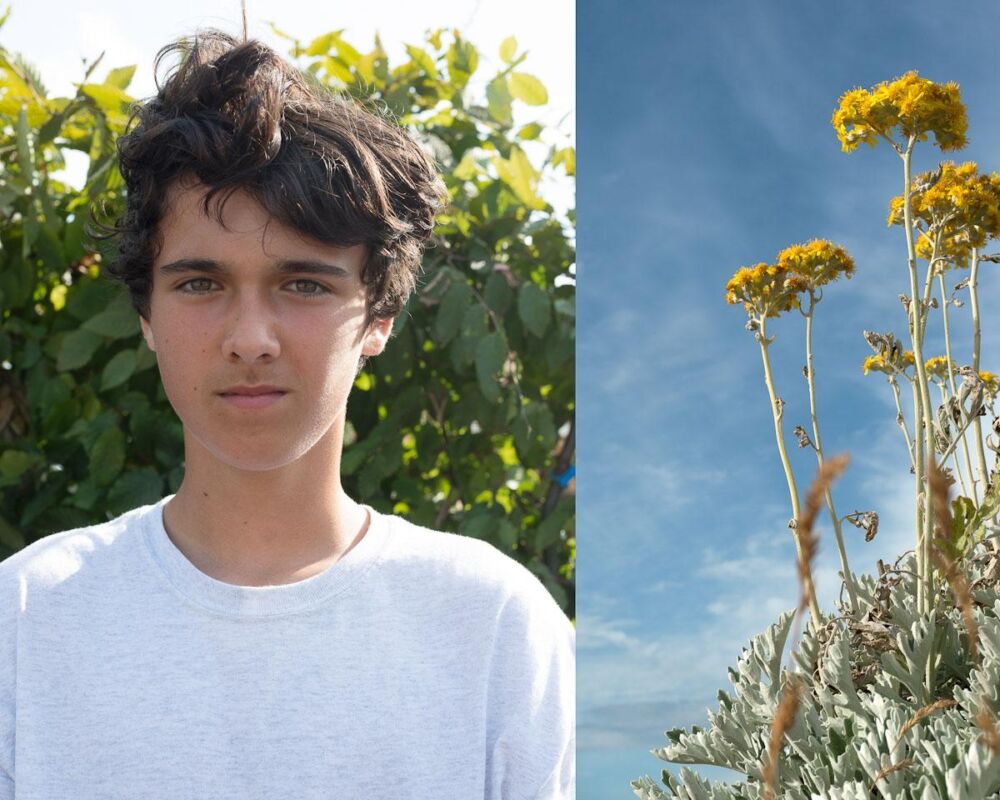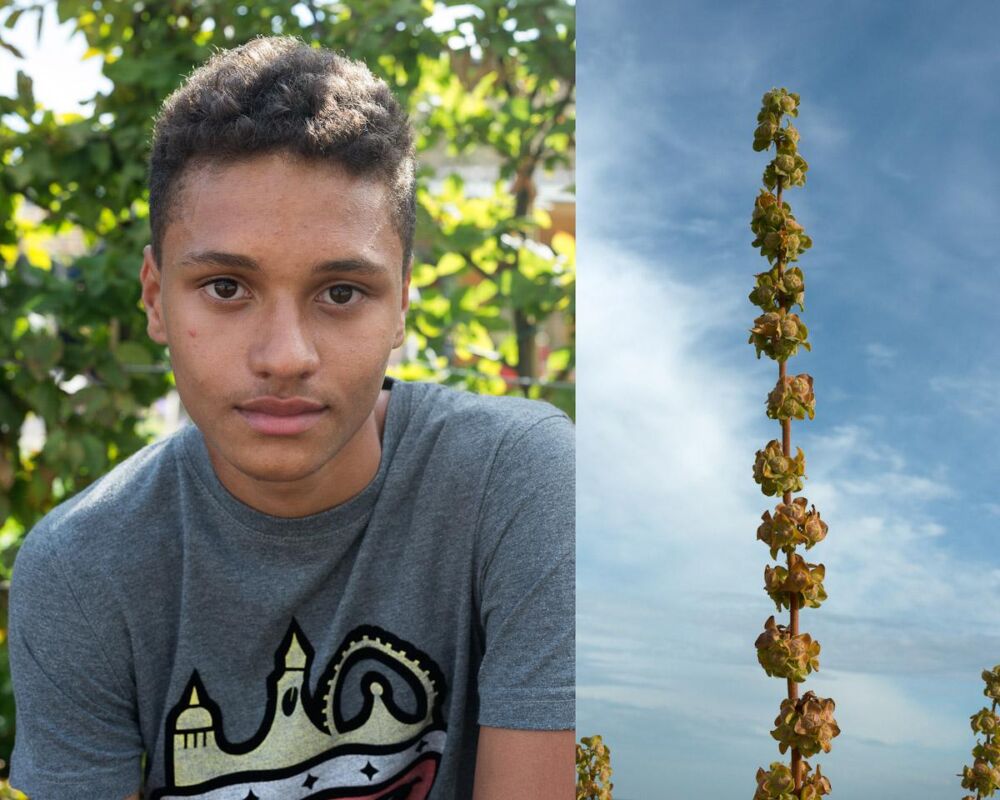Equity and Local Economy - Nick Waplington
The One Planet vision is of strong communities and a thriving, resilient local economy supporting fair employment. The city of Brighton & Hove is on the road to achieving these aims.
It is an inclusive city with a diverse population; neighbourhoods and communities blend into one another and interconnect across different cultures and livelihoods. The city has taken measures to introduce fairness into the heart of its economic operations; the Living Wage has been widely promoted and adopted and the city has been accredited by the Fairtrade Foundation.
Brighton & Hove has a relatively strong economy, judged to be the third fastest recovering from recession in the country. It’s well placed to respond to economic adversity thanks to its flexibility, creativity and location. There are many young and energetic start-ups as well as several established employers who benefit from a highly capable workforce, buoyed up by the city’s two universities.
Brighton & Hove is also on the frontline of innovation and technology, particularly in the low-carbon and creative digital sectors. A Green Growth Platform is boosting the environmental goods and services sector.
This photo essay focuses on some of the sustainable and innovative businesses in the city and its environs and includes sustainable building projects, recycling and reuse initiatives and organic farming initiatives.
The photo essay also focuses a lens on the city’s young people, juxtaposed with wild flowers from the surrounding downland, reminding us of the need to protect and nurture.
Finally, the work draws attention to the fact that, despite best efforts, there are pressure points and some people remain on the margins of society, excluded from communities and economies, which we all need to be reminded of in order to make changes for the better.
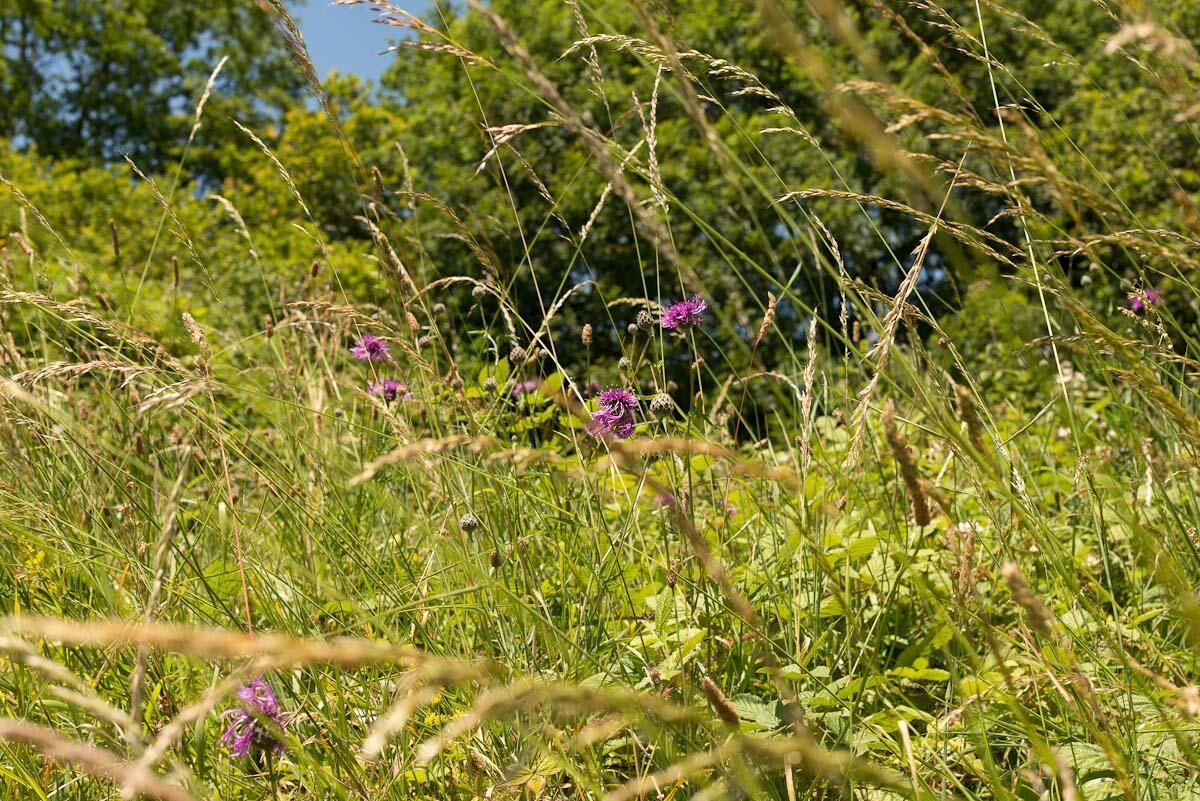

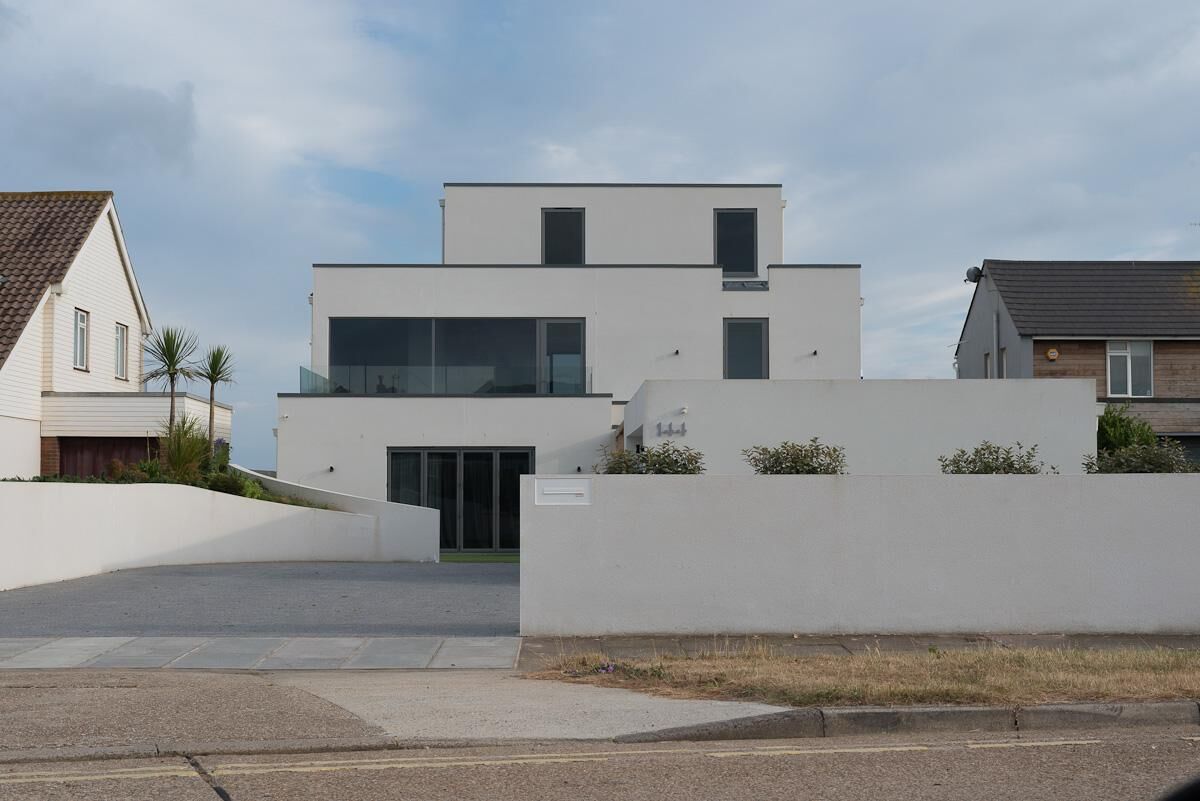
PHOTOGRAPHER APPROACH
When I was assigned the principles of ‘equity’ and ‘local economy’ to guide my work for this project, I thought about how these terms related to my own life, and my history, in the Brighton area. My great-great grandparents lived north of Brighton; they worked in the fields around Henfield during the planting and harvest seasons, and in the winter they would live in the poorhouse in Brighton. By the time I was born, my family had made their way into the middle classes. I grew up in Steyning, a three hour walk across the Downs from the city. I’d sometimes walk that way, through Fulking, or else along the old railway line, when I didn’t cycle or hitchhike my way there and back.
As a teenage boy in late 1970s and early 1980s, I saw Brighton as a place very unlike my quiet conservative village. It was a city full of possibilities and cultural horizons, a place where I could meet other like-minded boys to spend days skateboarding at The Level, and nights seeing bands at the Concorde or Sherry’s or the (aptly named) Escape. Now, as a middle-aged artist based between London and New York, I often think back to those years and the visions of the future I had then, and the dreams of a teenage boy walking through the fields or along the sea.
Half of the images I made are a kind of composite self-portrait, filtered through those memories. I photographed boys at the skateboard park at The Level, boys around the age I was when I first began to think of my share of the future – and the ‘equity’ I imagined in that future. These are not the only teenagers in Brighton & Hove, or even the only teenage boys; they are part of a minority subculture, within Brighton & Hove’s multicultural communities. Photographing them, I think about how different their sense of ‘equity’ must be, growing up in a much more diverse place than I did, in a time of Green MPs and environmental initiatives. I juxtaposed the portraits with images of the flowers of the South Downs for a few reasons: as a reminder of my long teenage walks across the Downs, as an image of growth and futurity, and also as a vision of constancy in the midst of the changes that happen in cities and lives.
The other half of the work I made, based on the idea of ‘economy,’ makes a different kind of juxtaposition. I thought about how the city of Brighton & Hove exists, and has always existed, in relation to two limits: the Downs and the sea. It takes its identity from those surrounding natural phenomena, but is also bounded by them. I made images of businesses operating in and with that defining periphery, which contribute to Brighton & Hove’s economy by linking the city to its natural environment. For example, I photographed green initiatives in the harbour, including a company which uses recycled materials to make breeze blocks for building and a company which produces wood chips for power stations. I also photographed small shops selling local food products sourced from the Downs or fish caught off the local coasts, as well as businesses operating on the Downs themselves, including a mushroom farm which grows its produce out of used coffee grounds.
For me, the work as a whole, in its various juxtapositions, brings together the past and the future, the personal and the global. Brighton & Hove is made up of young people with their dreams of the future, and older people who are responsible for creating that economic future, particularly by working with the natural world.
EXHIBITION INFO
This exhibition took place between 01/10/2014 – 31/07/2015 at the American Express Community Football Stadium, Village Way, Falmer, BN1 9BL


